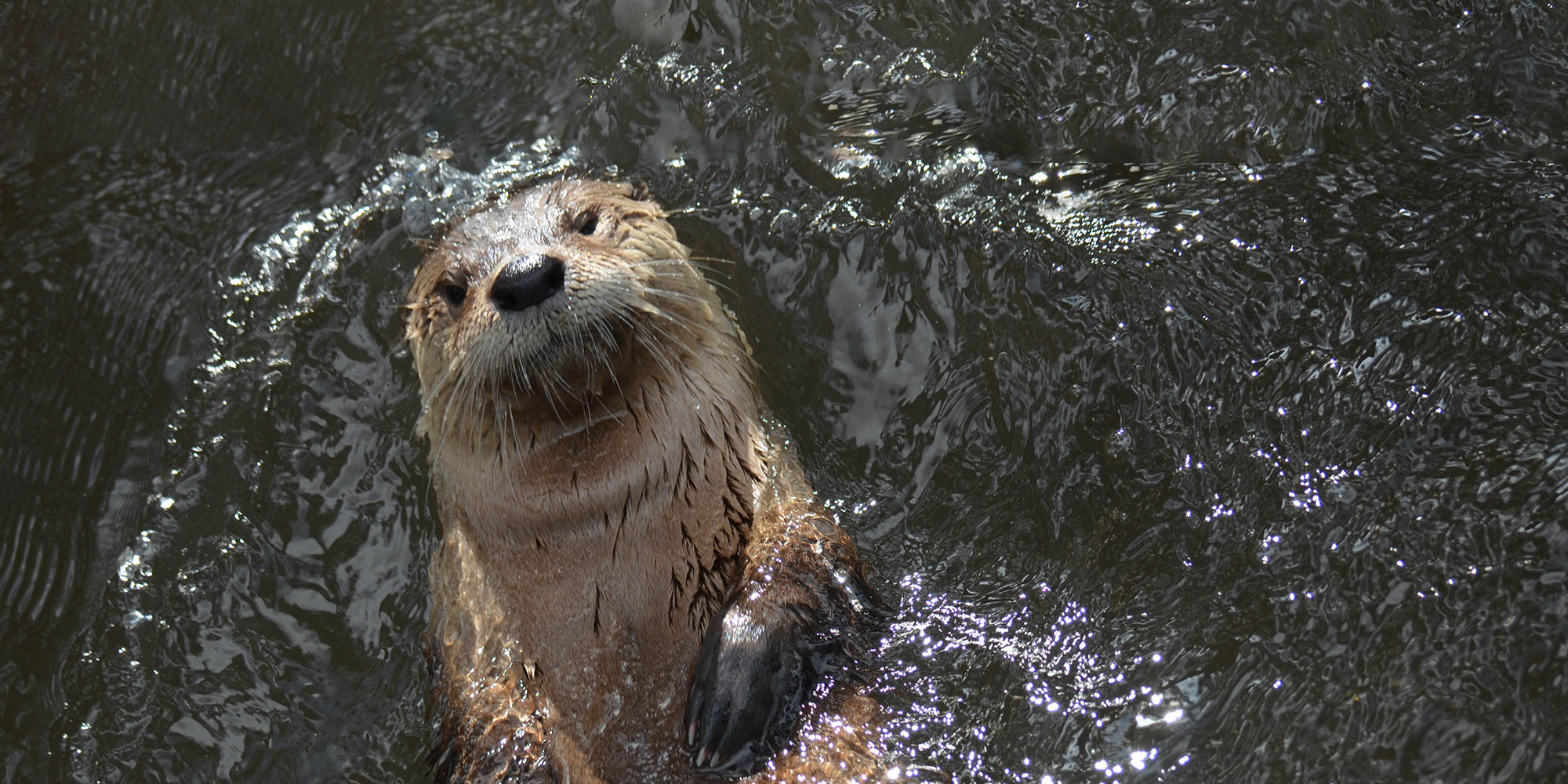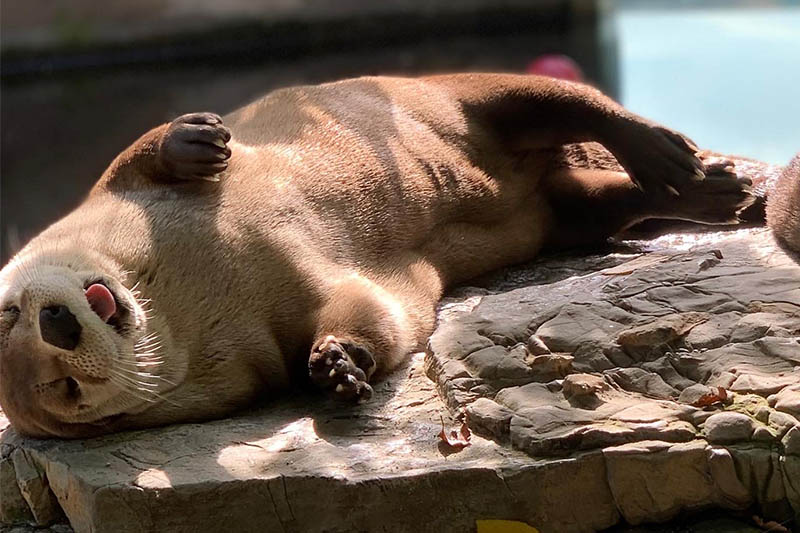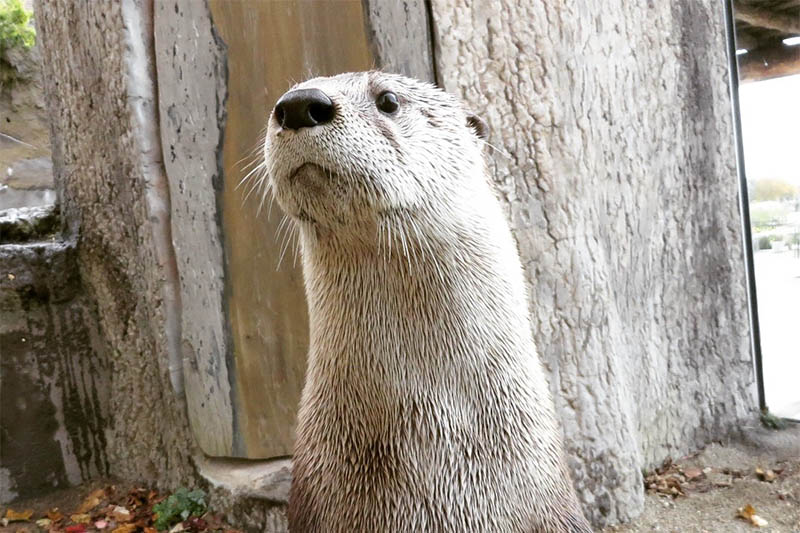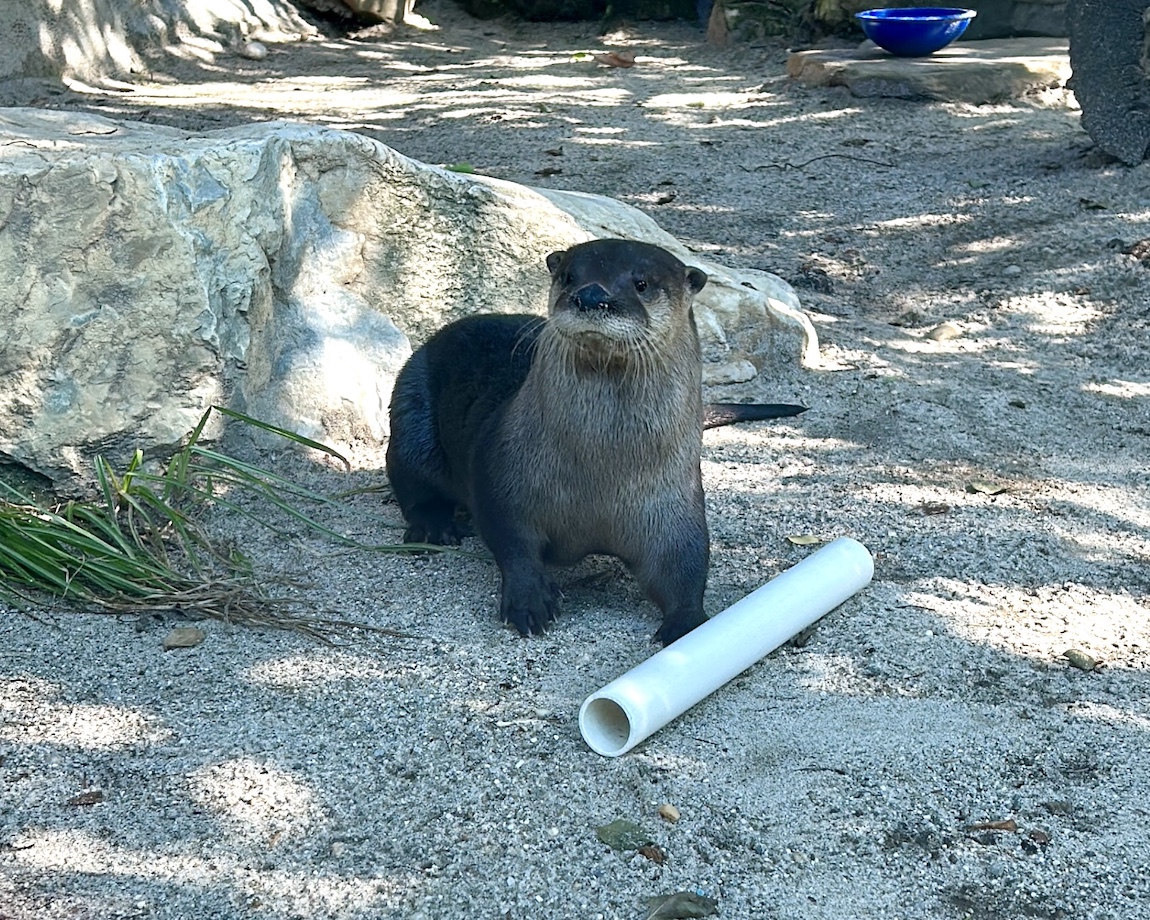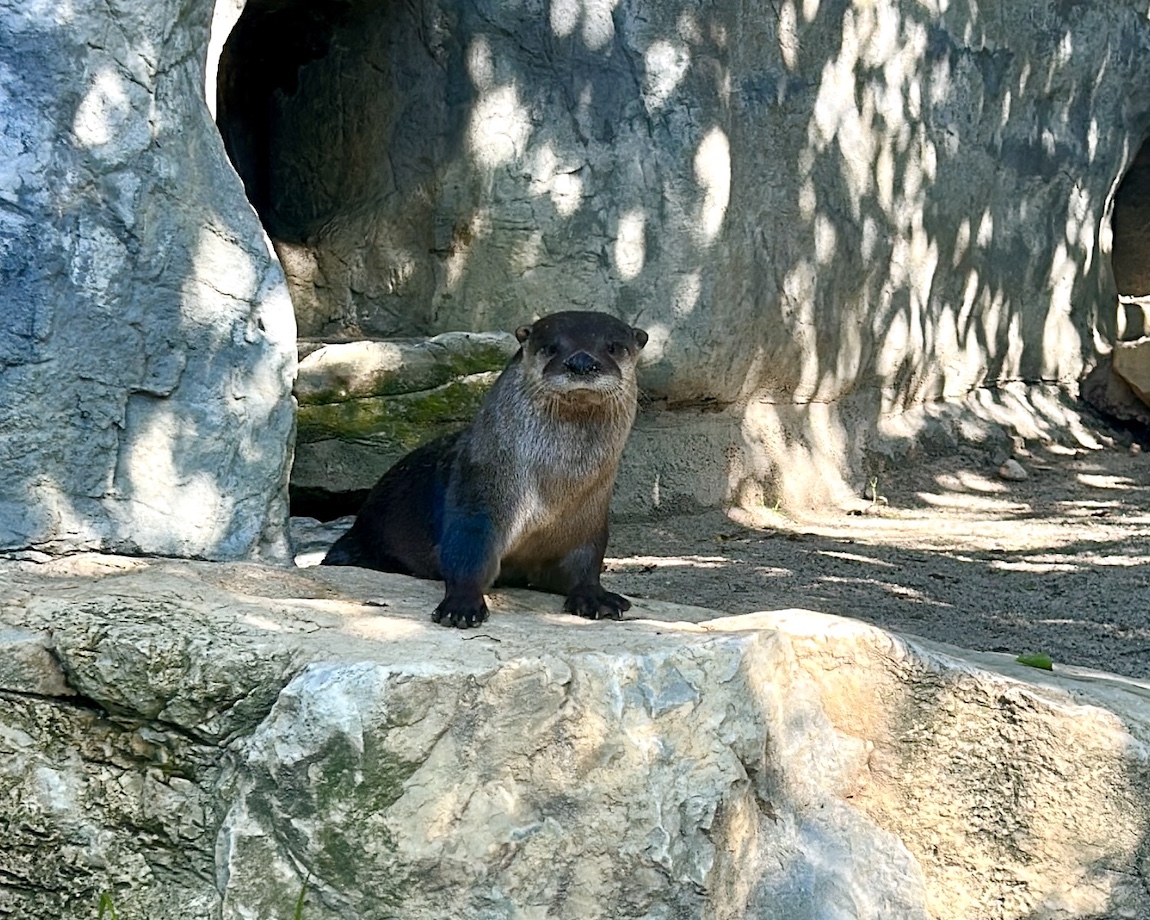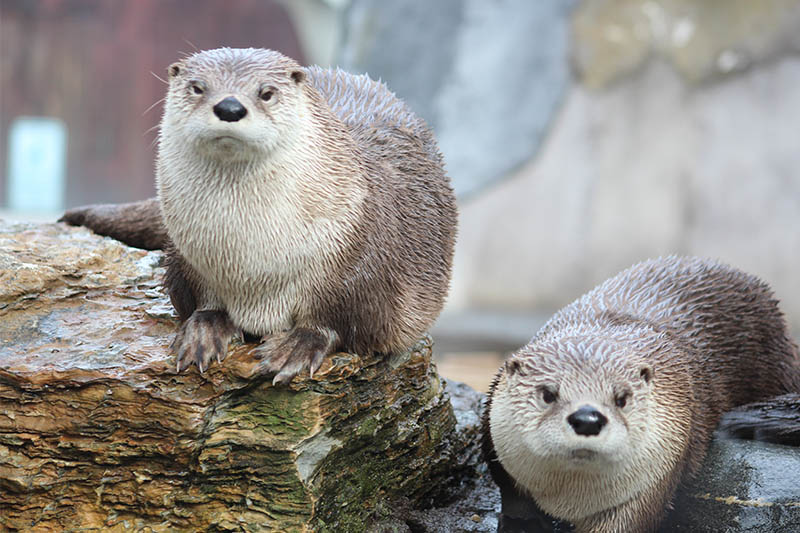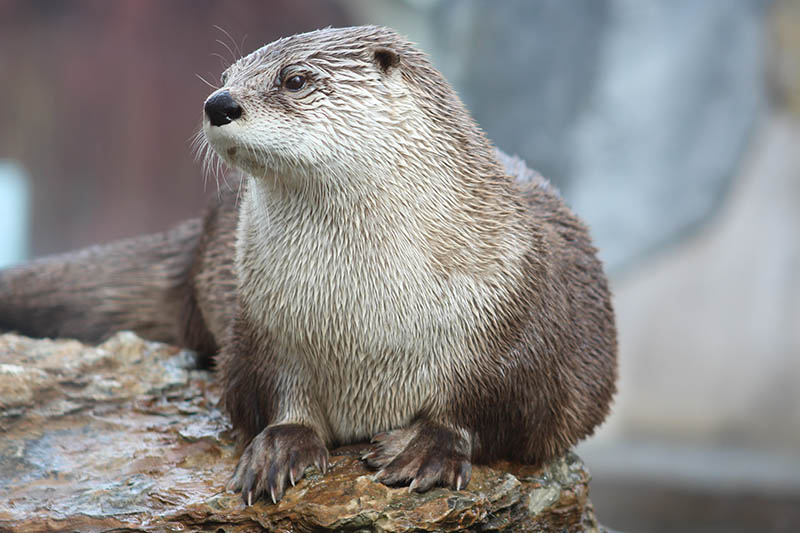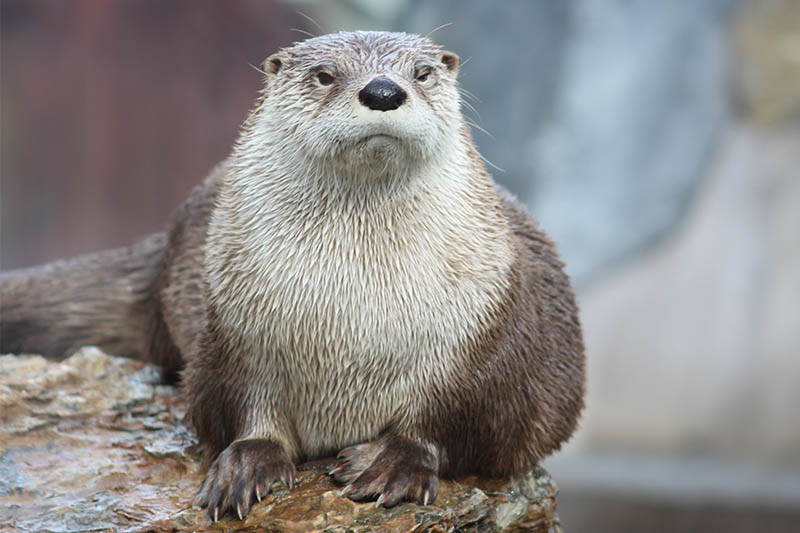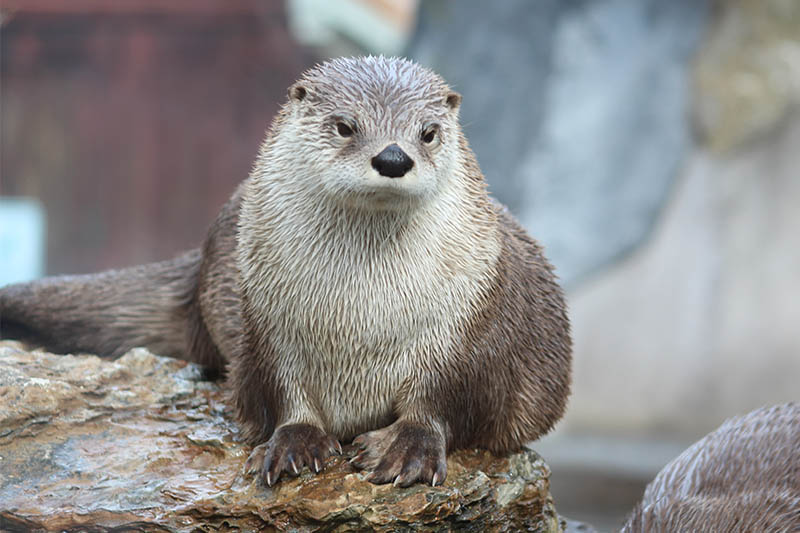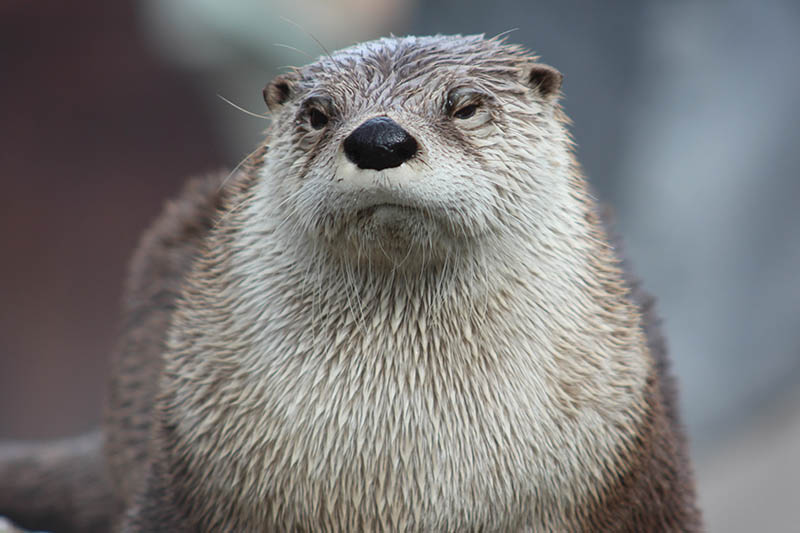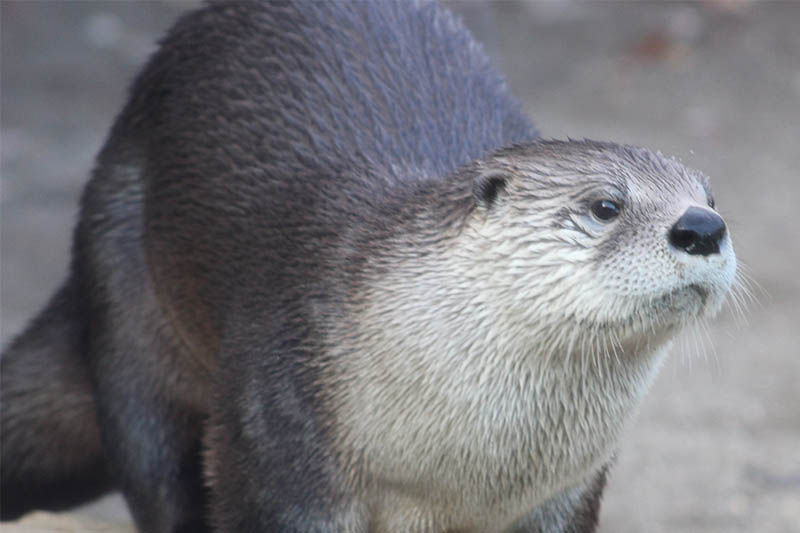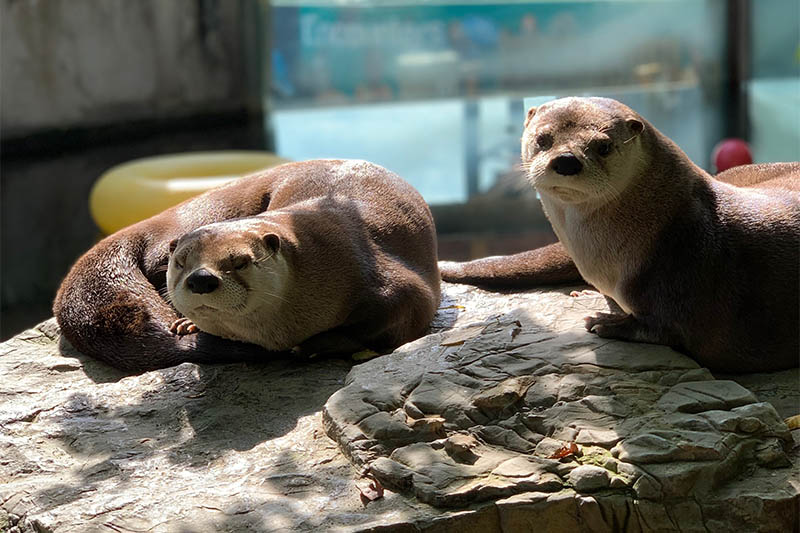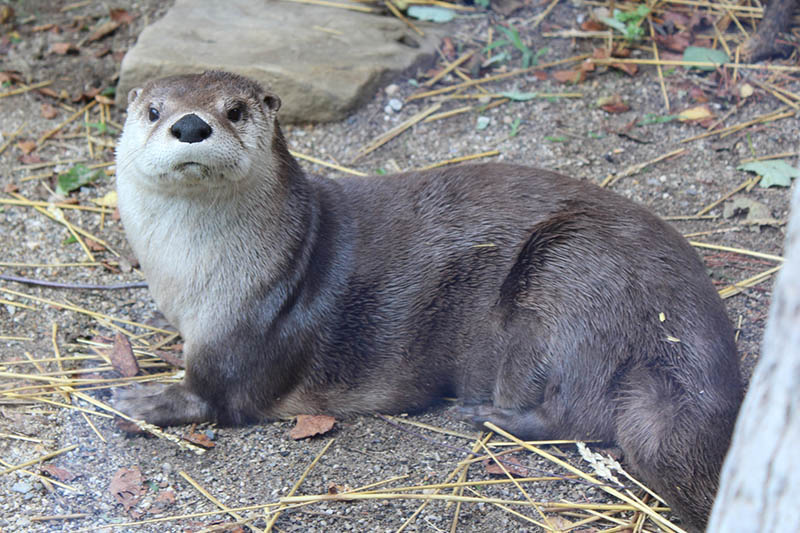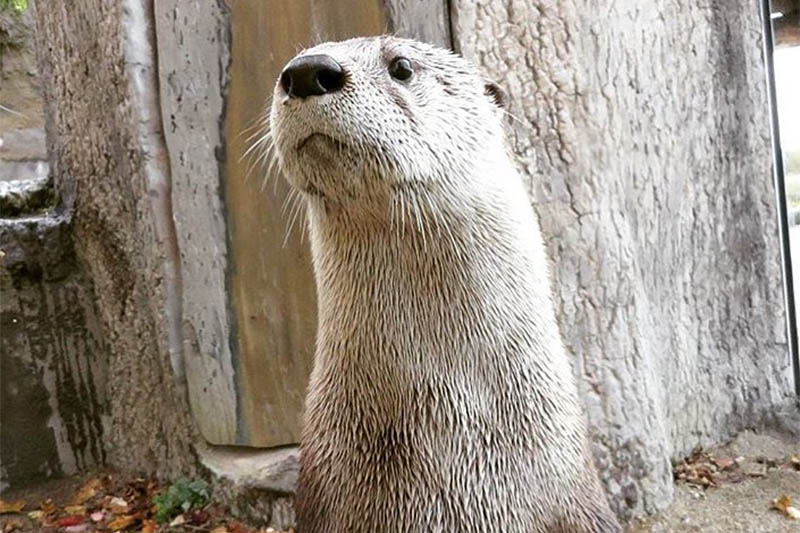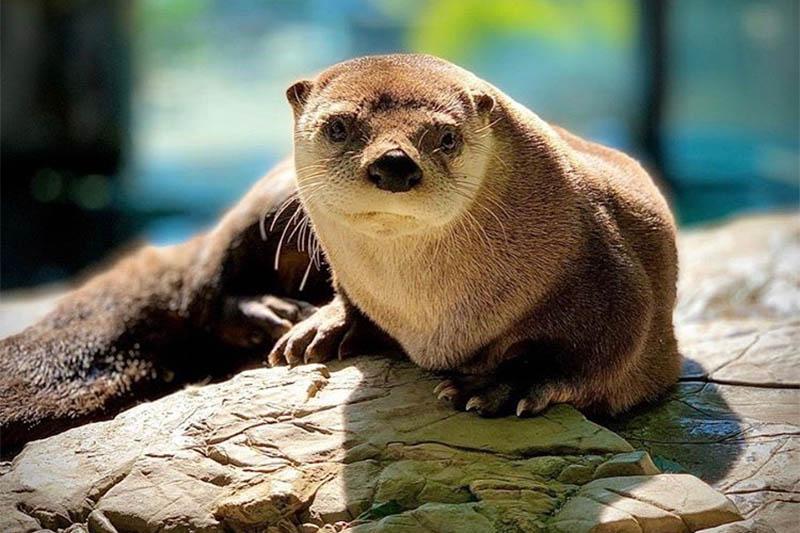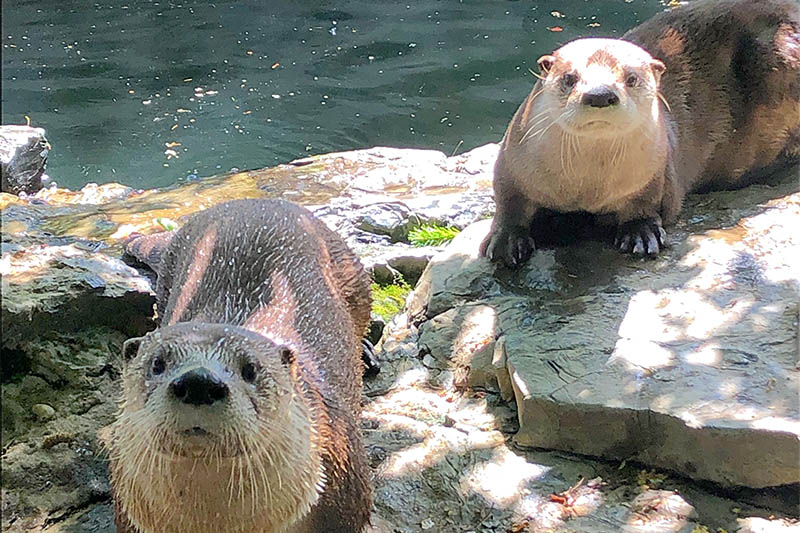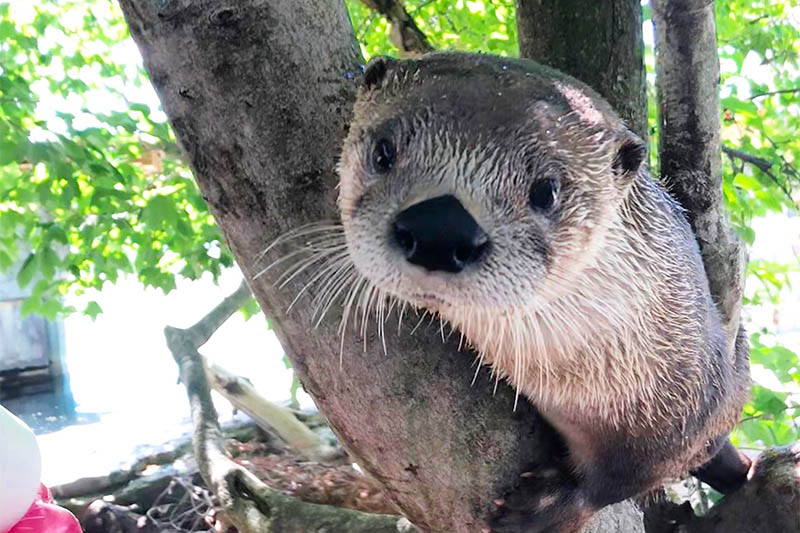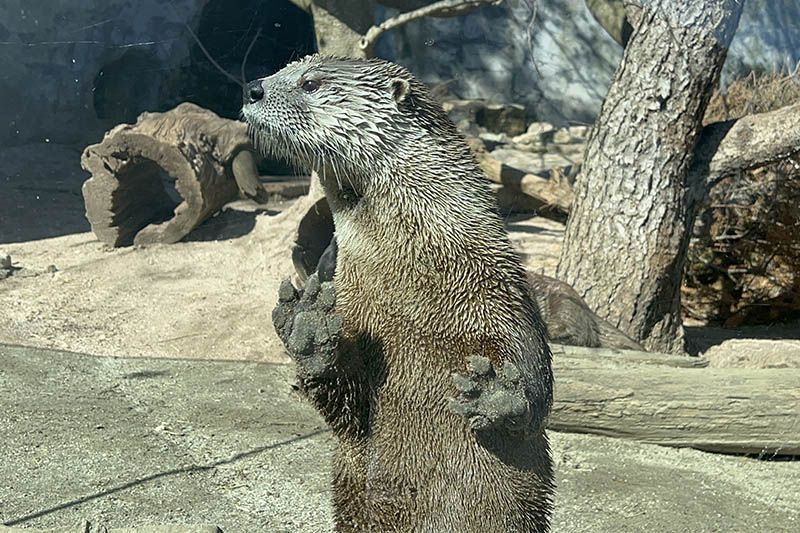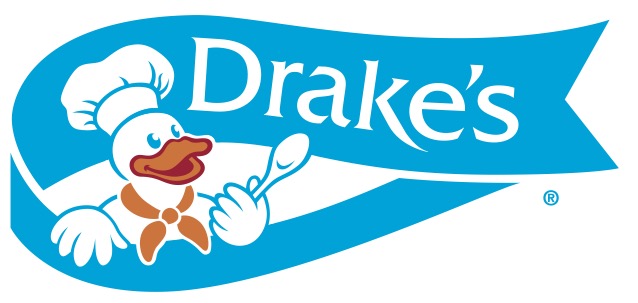Otter Falls is home to our North American river otters (Lontra canadensis), Stark, who was born here on February 16, 2013 and Flo, who was born January 22, 2022 at the Brookgreen Gardens Lowcountry Zoo in South Carolina.
Stark and Flo are highly active and curious North American river otters. They are tons of fun to watch as they jump, swim, does water flips and slides around the habitat on snow and ice.
Occurring throughout North America, river otters can be found in rivers, lakes, freshwater wetlands, salt marshes, and estuaries. Unfortunately, they are rarely found on Long Island. They are predators, feeding on a variety of fish, amphibians, turtles, and crayfish. Their activity is based on the time of the year, as they can be nocturnal, diurnal, or crepuscular.
Otter Falls is about 1,500 square feet with a nine foot waterfall that cascades into the otter pool. It emulates a temperate riverbank, complete with a 35 square foot interactive beaver den that provides guests with a three-foot underwater view into the pool and a viewing window into their day den!
The Next Generation
In February 2025, Flo gave birth to 4 otter pups – 2 male, 2 female. Visitors can see Flo interact with her pups as they grow. In May the pups were given access to the habitat full-time, along with their parents and today all 6 otters can be found frolicking around at Otter Falls. We asked visitors to help us name the pups with a naming poll. With more than 9,900 votes the winning names are Fig and Peach for the girls, jam-themed names to honor their grandmother, Jelly; and Walnut and Pistachio for the boys, nut-themed names to honor their grandfather, Peanut. Don’t worry if you don’t see this otterly adorable family on habitat, they also have access to their inside area and can come and go as they please.
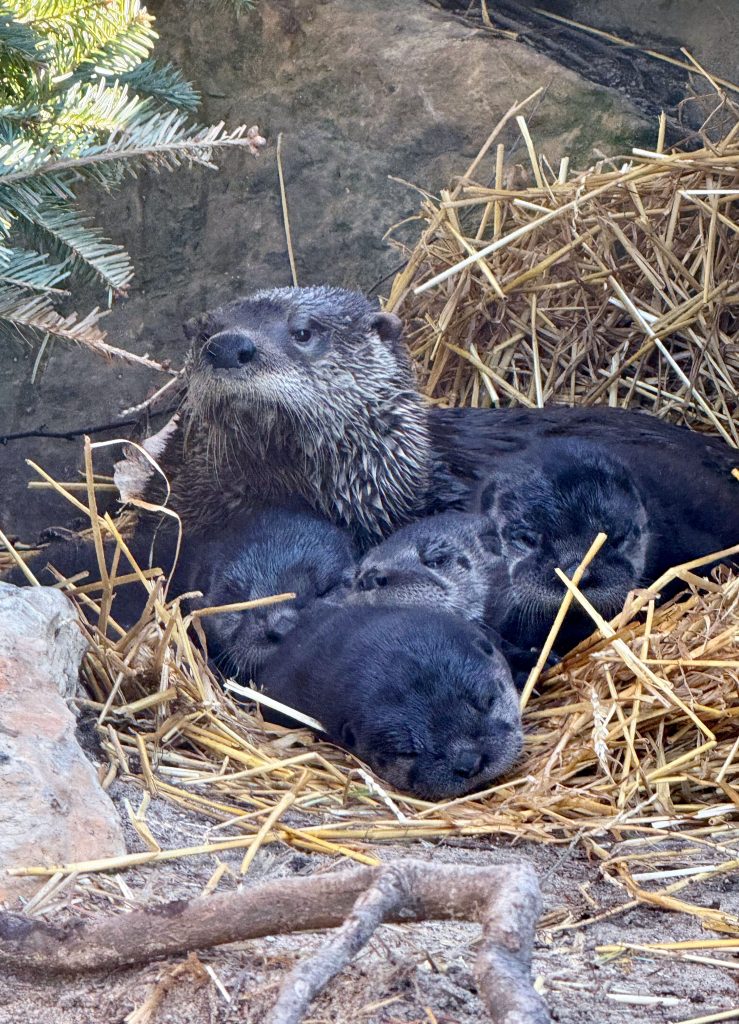
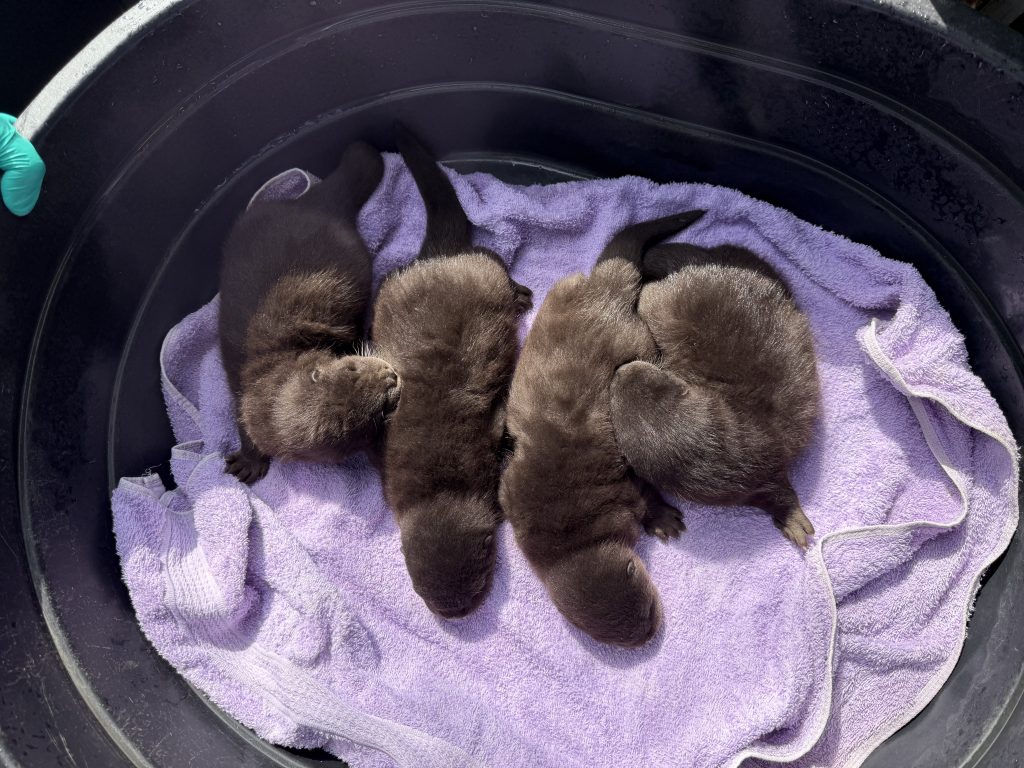
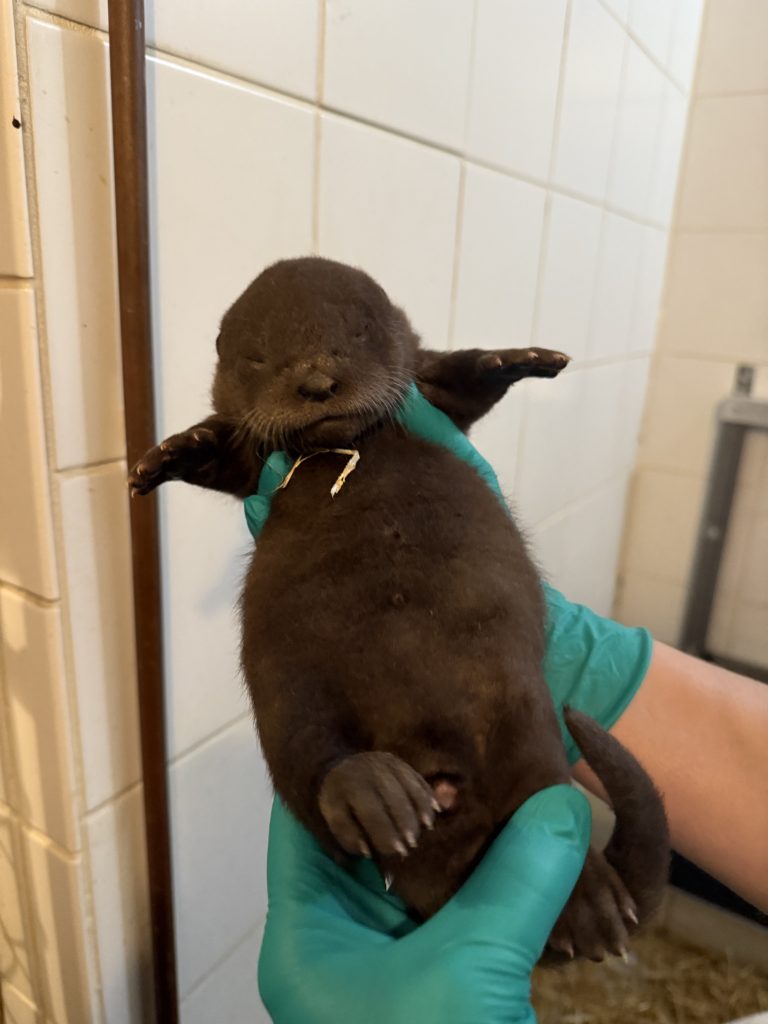
#Jelly Strong
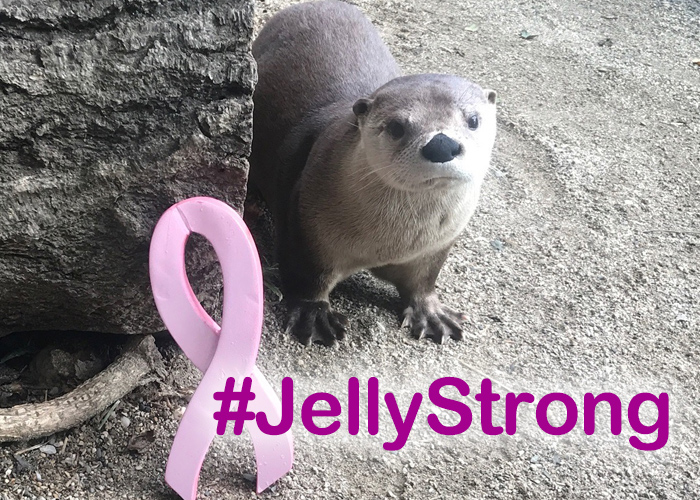
In 2017, the matriarch of Otter Falls, Jelly, developed a malignant tumor in her mammary gland. She had successful surgery but she did develop additional tumors. She survived two more rounds of surgery before passing away of natural causes in the spring of 2023 at the estimated age of between 18-20. She lived a long and happy life at the Long Island Aquarium having two litters of pups, one of which included her son Stark. In honor of her fight with breast cancer, the aquarium created the #JellyStrong campaign raising money by selling buttons, keychains and cookies with proceeds going to various local cancer organizations. The #JellyStrong campaign takes place throughout the month of October in honor of Jelly and breast cancer awareness.
North American River Otter
Scientific Name: Lontra canadensis
Weight: 10-35 pounds.
Length: 3-5 feet.
Lifespan: 10-20 years.
Range: Throughout Canada and the United States.
Habitat: temperate freshwater river and lakes.
The current status for the population of North American river otters is of least concern and populations have remained stable throughout most of the country. However, river otters have faced challenges on Long Island that caused the population to decline years ago, including hunting/trapping for their fur and water pollution. Because river otters have a low tolerance for water pollution, they are considered an indicator species for a healthy environment and will often leave areas with poor water quality or with habitat destruction. Due to conservation efforts and the ban on trapping them on Long Island, scientists and researchers have discovered that the river otter is starting to make a come back on Long Island. To do your part in helping river otters, make sure to recycle, don’t litter or dump liquids or materials into storm drains and do your part to keep waterways like rivers clean and healthy for wildlife like river otters!
